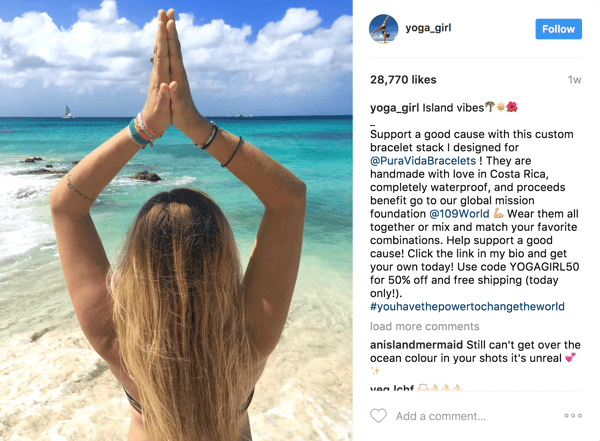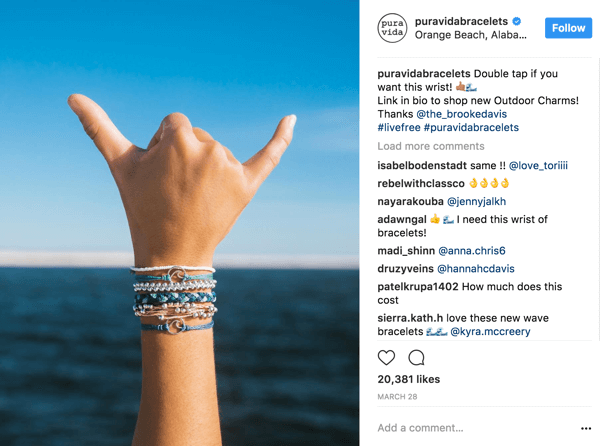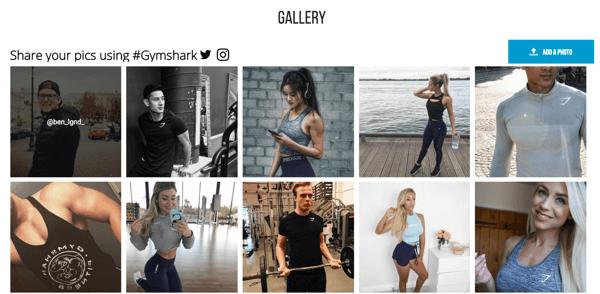An online course can cement your status as an industry authority.
The global market for online learning is estimated at $241 billion, thanks to a wide internet reach and increased demand for less-expensive, easily accessible classes.
Online course subjects range from programming and web design to carpentry and baking. If you have exceptional knowledge or skill in a particular area, you can enhance your online reputation by designing your own online course.
Content that delivers real value to your target audience can go viral. Unfortunately, many course creators mistakenly assume that online courses will attract an audience without promotion.
Here’s how to promote your first online course via social media:
1. Start with your own account.
Use social media to generate initial interest for your course. Many of your connections have similar interests or challenges, making them an ideal focus group.
In an interview with Kajabi, Chris Becker, founder of Ketology, says his teachings on healthy weight loss began on Facebook, recalling, “I asked my friends, ‘Hey if you need help, I’m going to do this little challenge.’… my friends started losing weight and then I just thought, let me actually build this into a real thing.”
Becker’s initial success afforded him insights to develop future courses while building a strong word-of-mouth foundation within his niche.
2. Get Facebook group participation.
Facebook pages have experienced notorious declines in organic reach, but that doesn’t mean the platform is no longer viable for reaching your target audience.
Facebook groups help like-minded users to connect on a variety of topics—and they are a great way to get the word out. Keep in mind, however, that you should never join a group purely to promote your course.
You must become an active participant, asking questions and offering advice. Only then can you position yourself as an expert and promote your course—without getting kicked out of the group.
As you share your knowledge, those who benefit from your insights will be drawn to your social media accounts.
3. Offer referral rewards.
Referral programs can help build word-of-mouth for your brand. Potential followers are more likely to respond to posts by family or friends. Your students are more likely to share their experiences on social media if you offer incentives.
These can range from a discount for signing up through a specific link to a free video chat session offering additional tips and personalized insights. Provide extra value, and students will do your social media marketing for you.
4. Use paid ads wisely.
Paid ads can attract new audiences, but that doesn’t mean that you should have them running 24/7 or expect immediate results from a Facebook campaign. Social media advertising requires patience and research.
Make sure you fully understand your target demographic and their interests, and target your ads based on what you learn.
Ensure that your images and text deliver your marketing message. Do A/B testing to gauge which options deliver the highest click-through rate.
As you use these principles to fine-tune your social media marketing, you’ll drive more traffic to your accounts and online courses.
5. Share mini tips.
Only about 10 percent of your content should be promotional. Rather than continually spamming followers to sign up, deliver short tips related to your course content through Instagram posts, live video and more.
For example, Melyssa Griffin of Blog to Biz Training provided short informational posts on her Instagram account about monetizing blogs and increasing productivity, expanding her following and generating traffic for her course.






